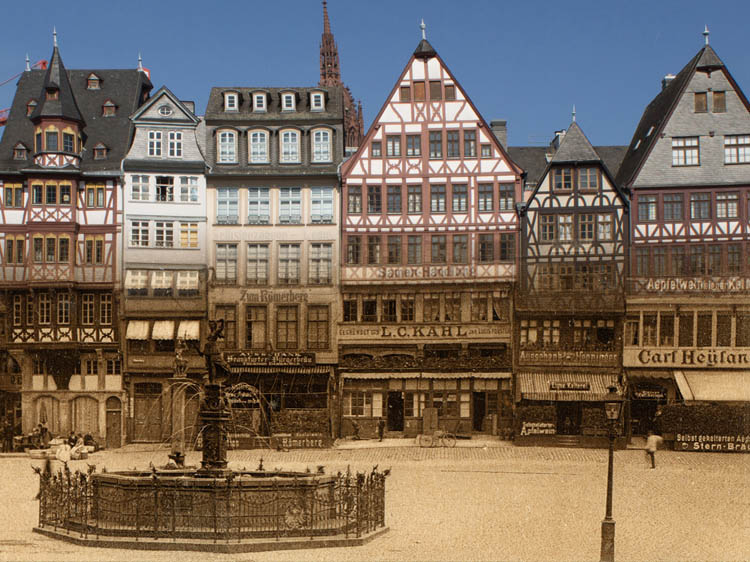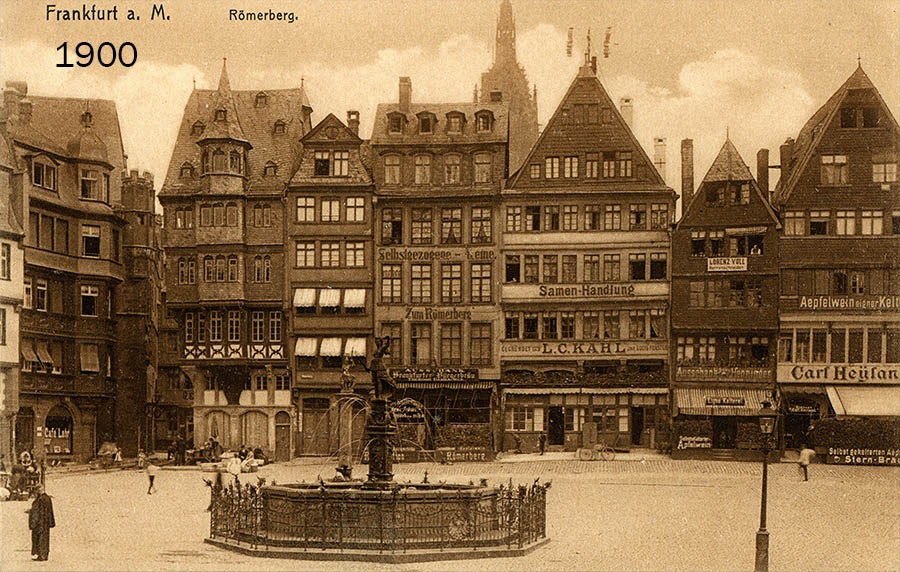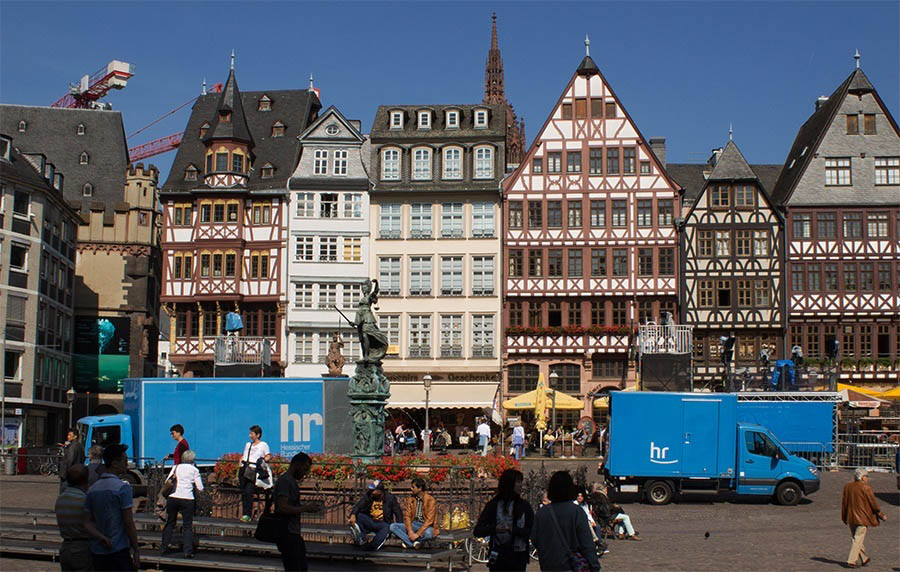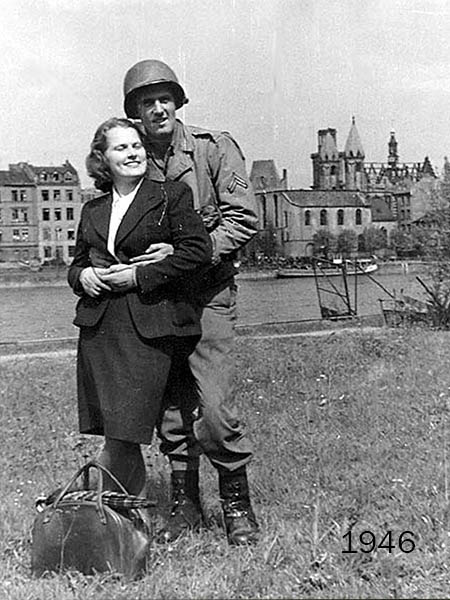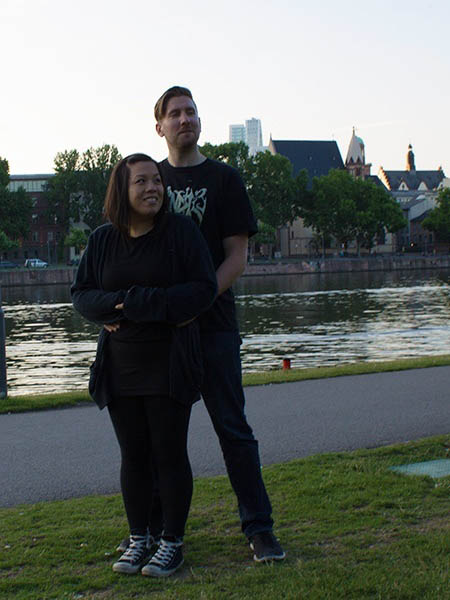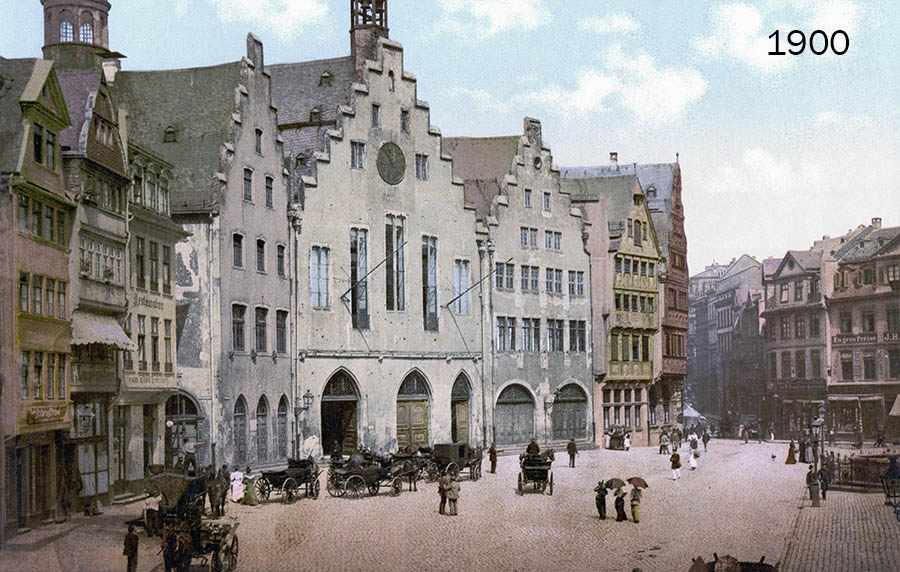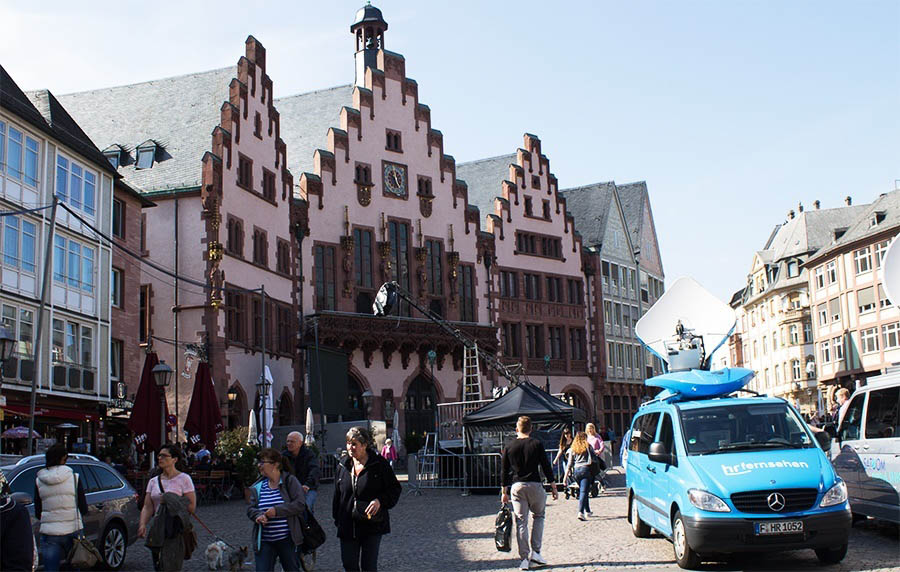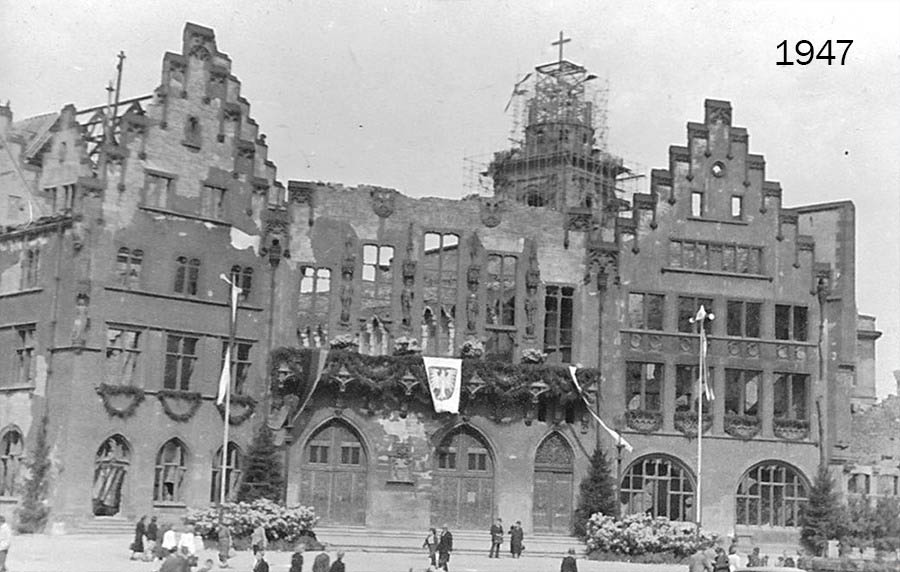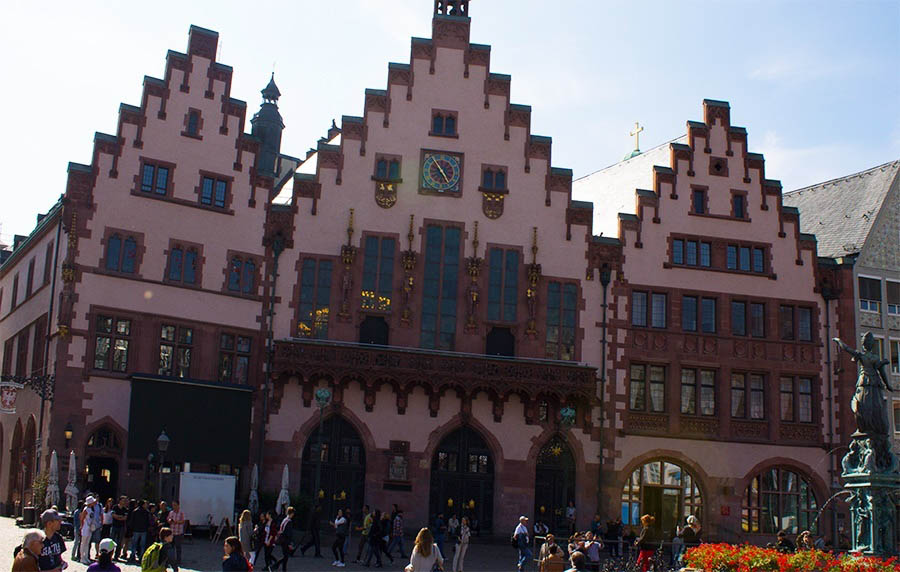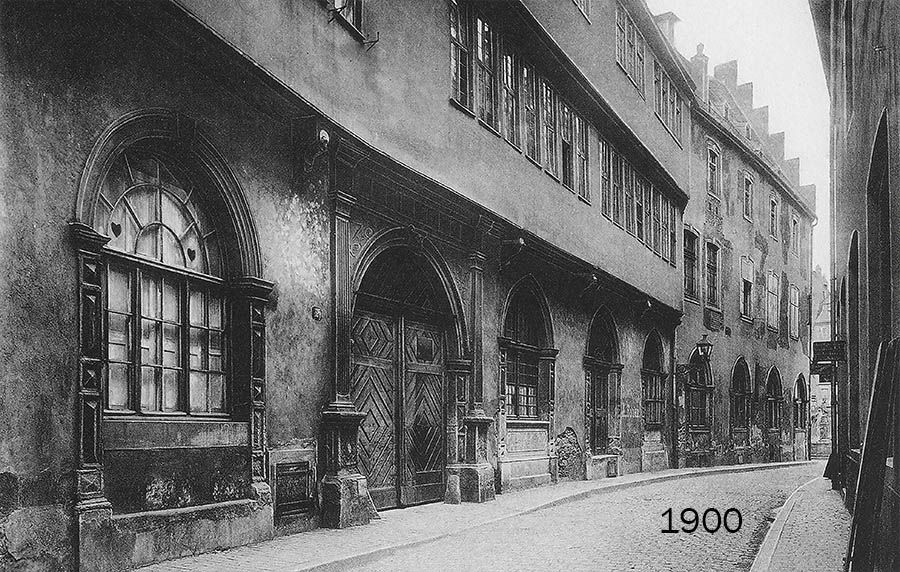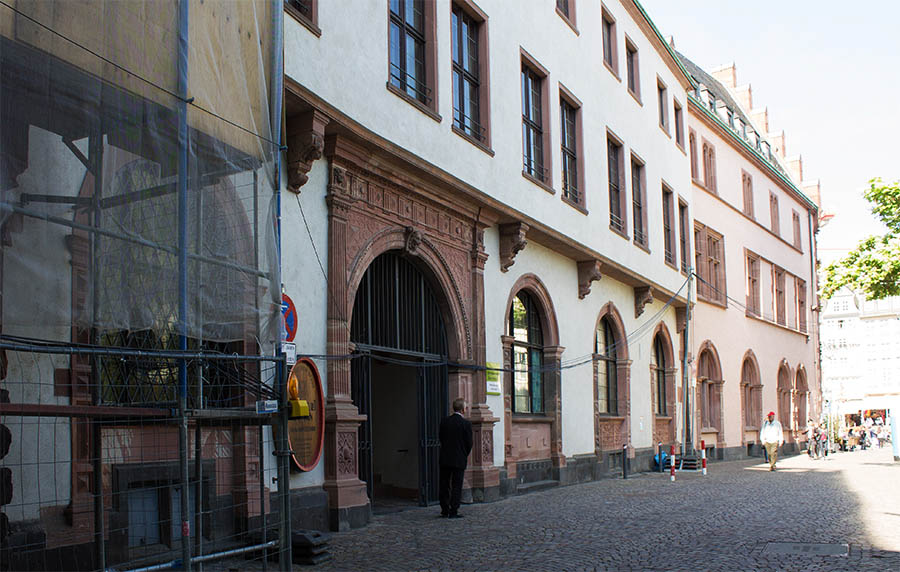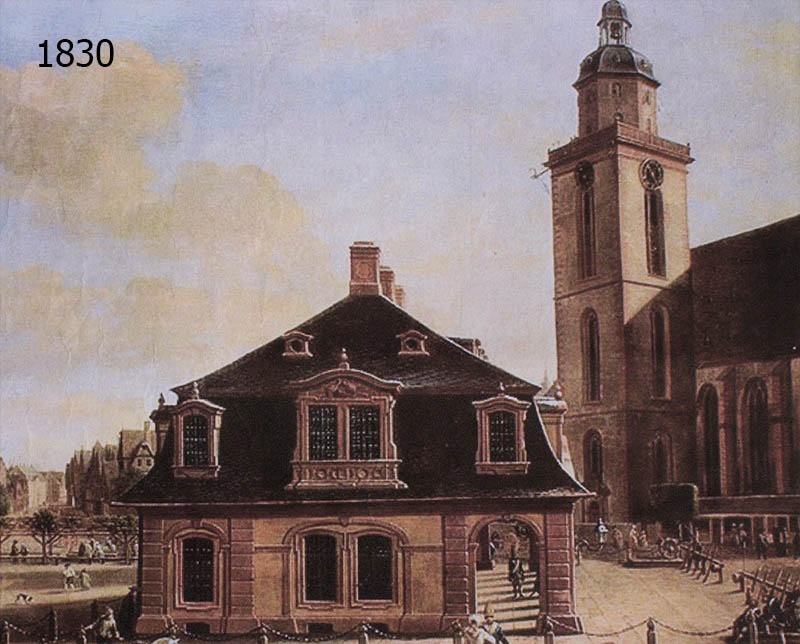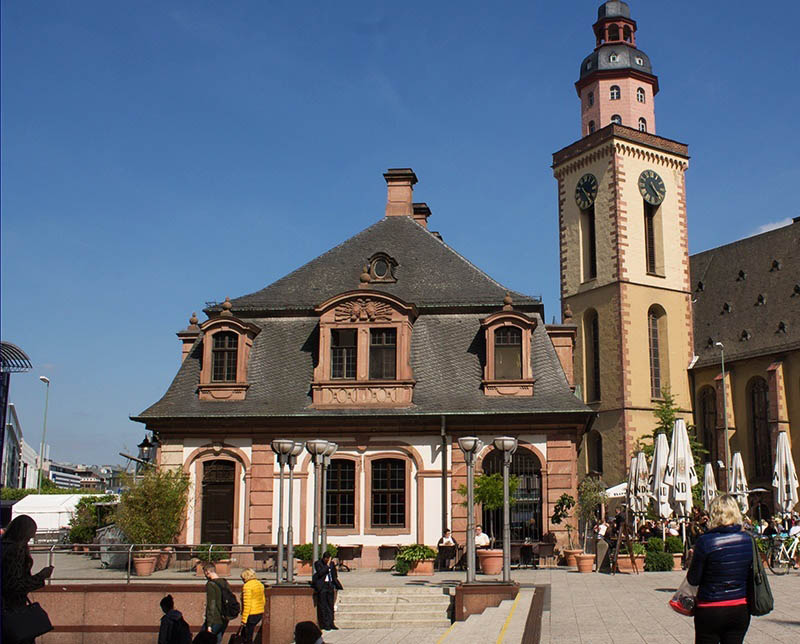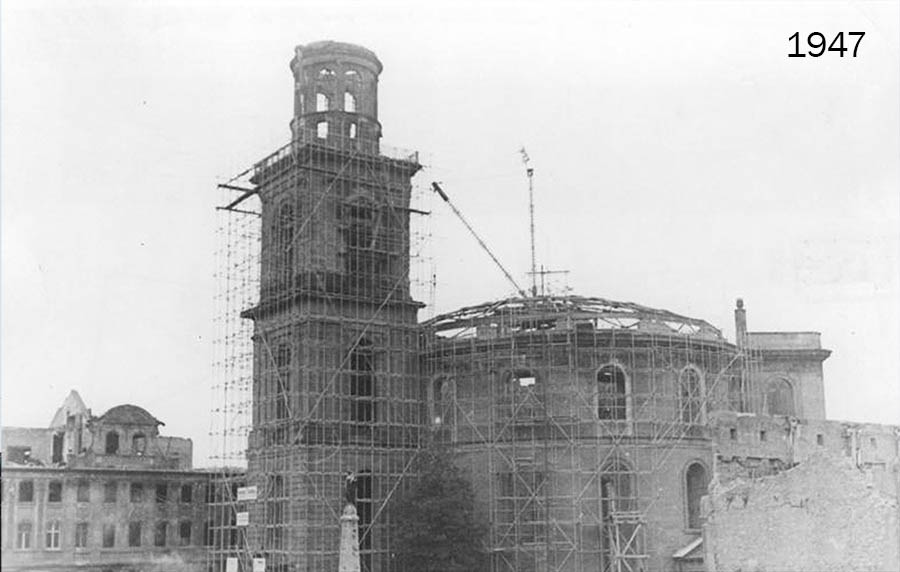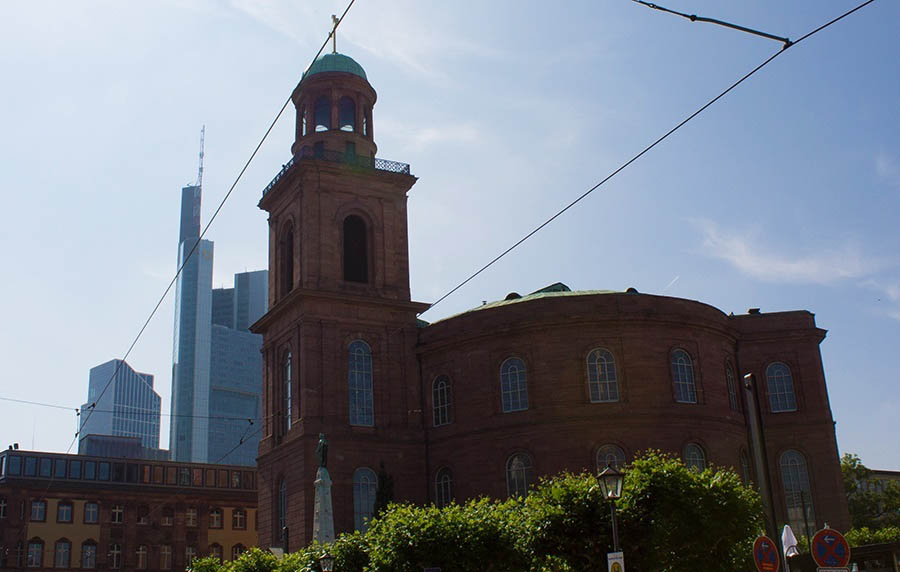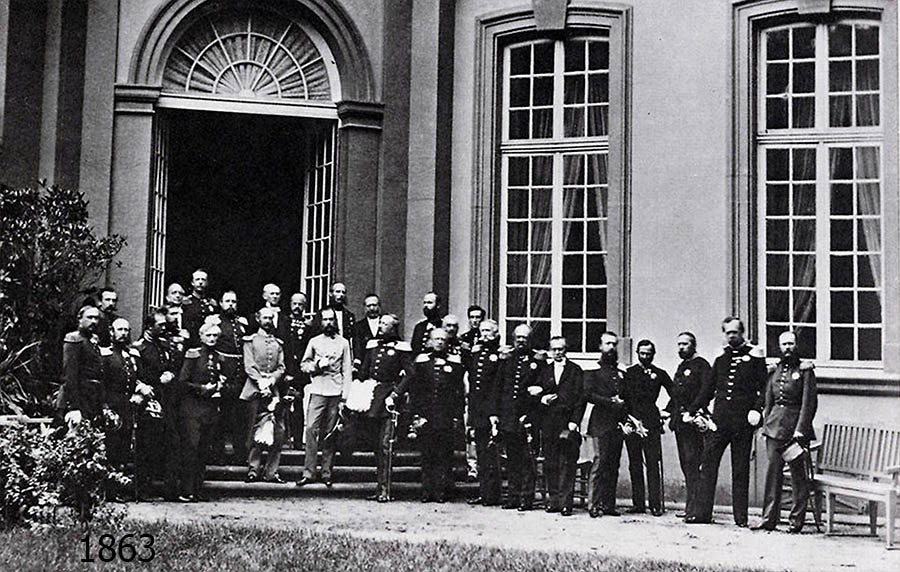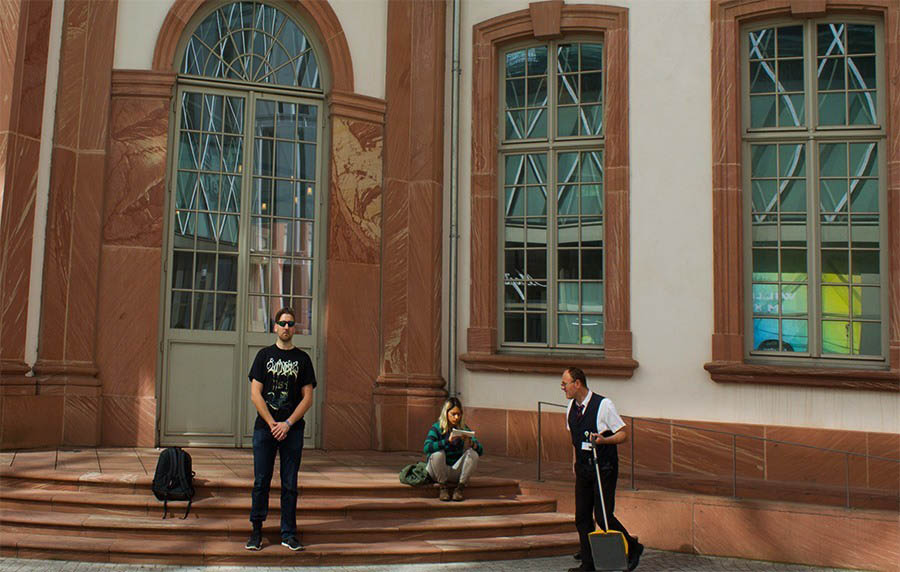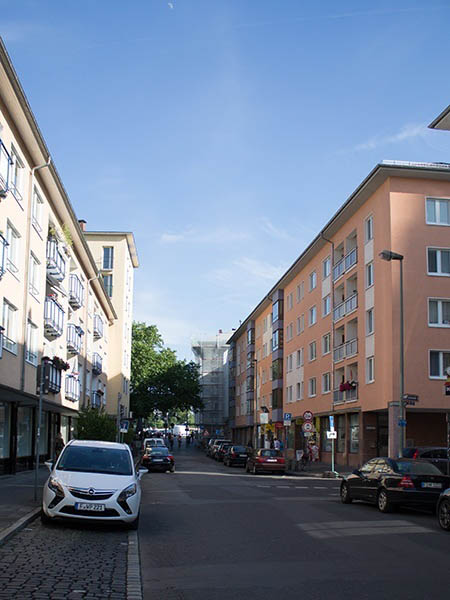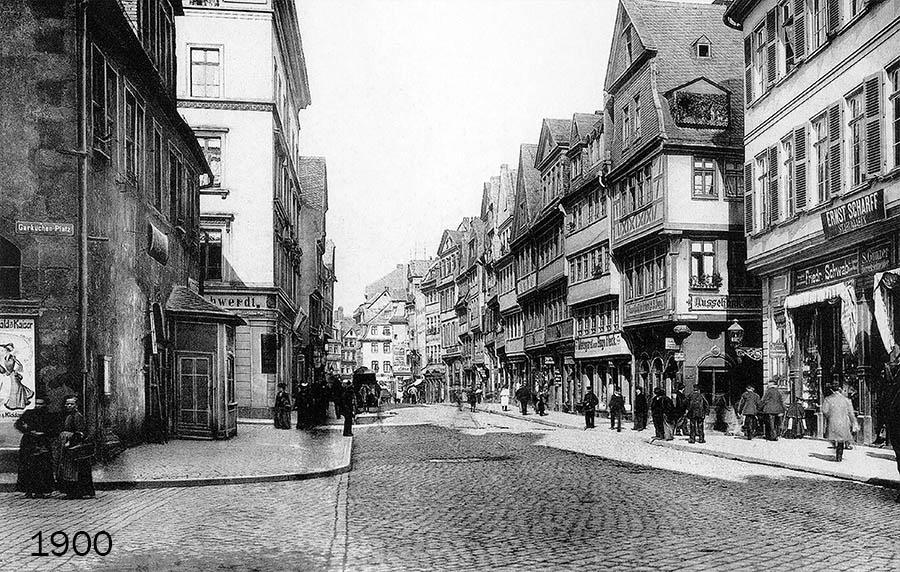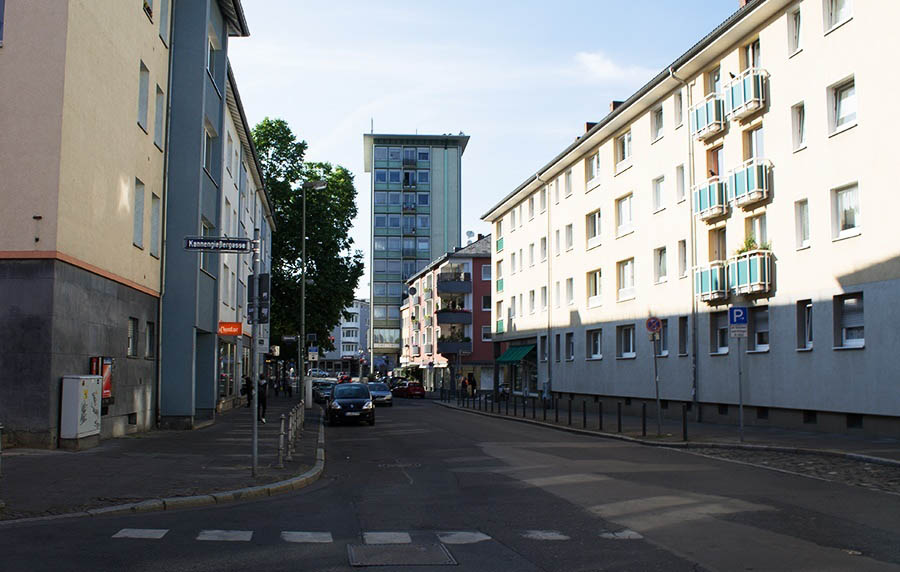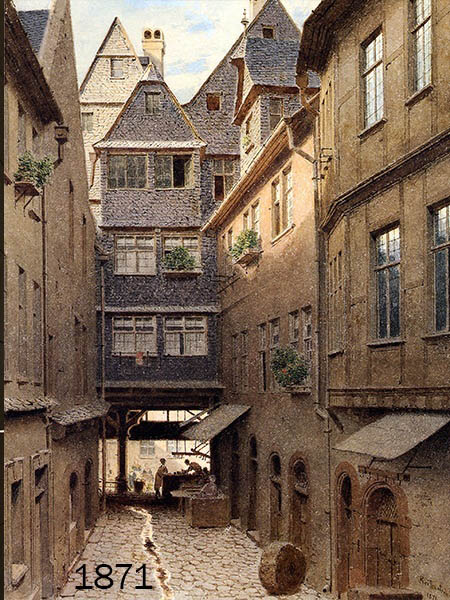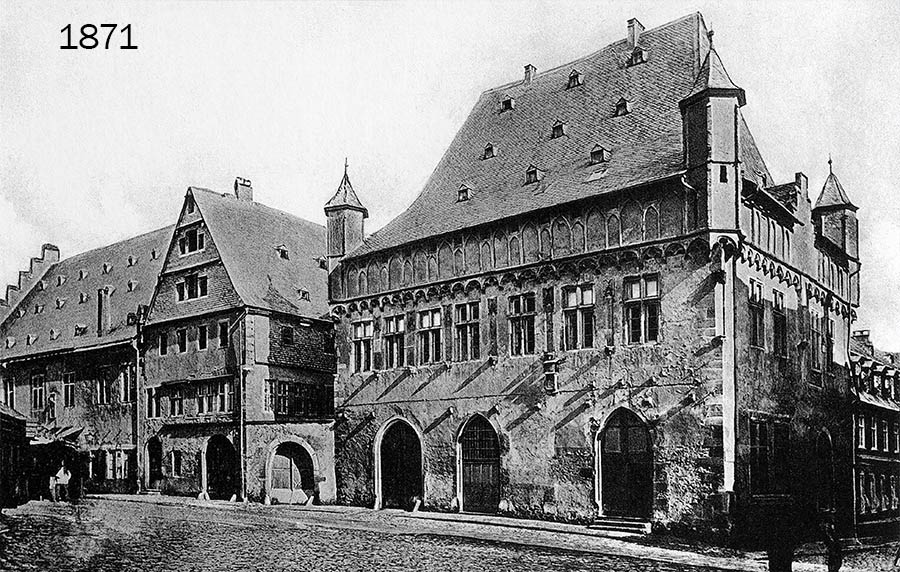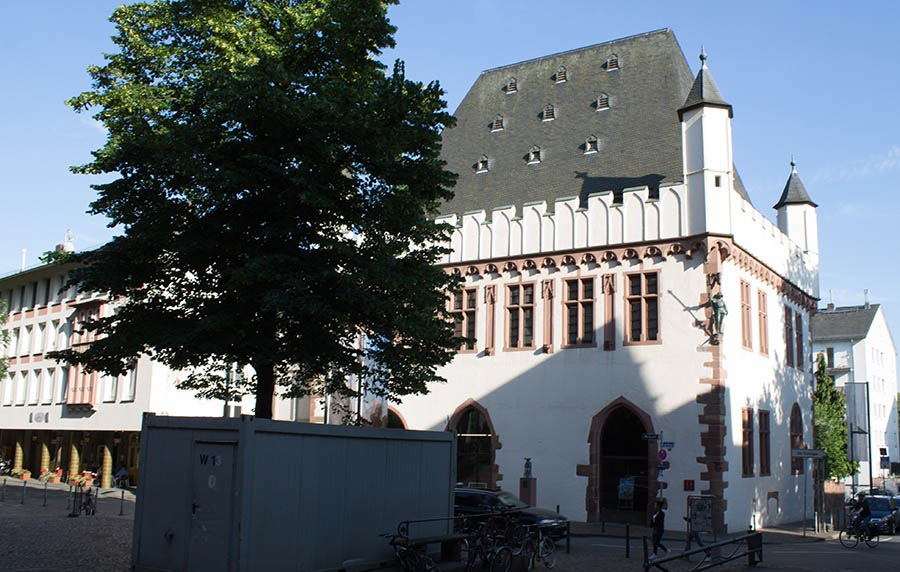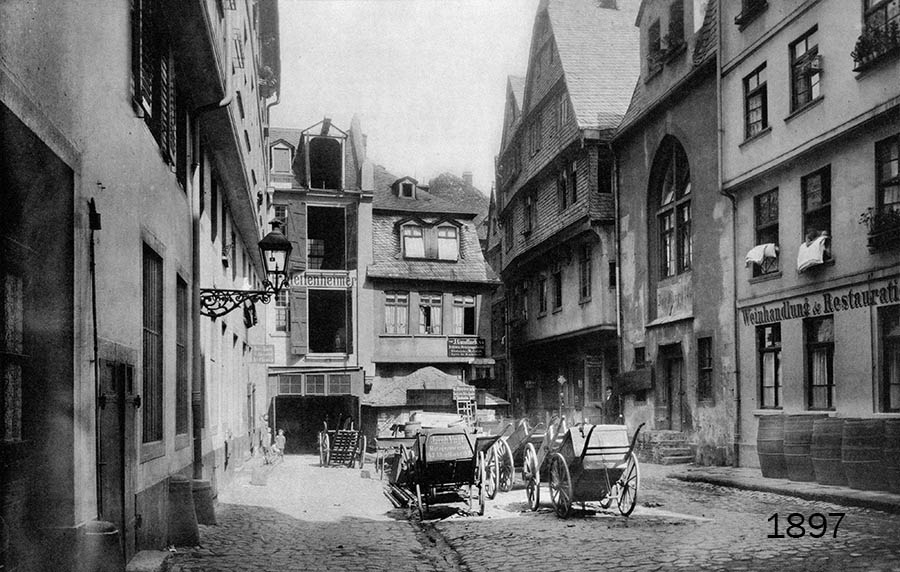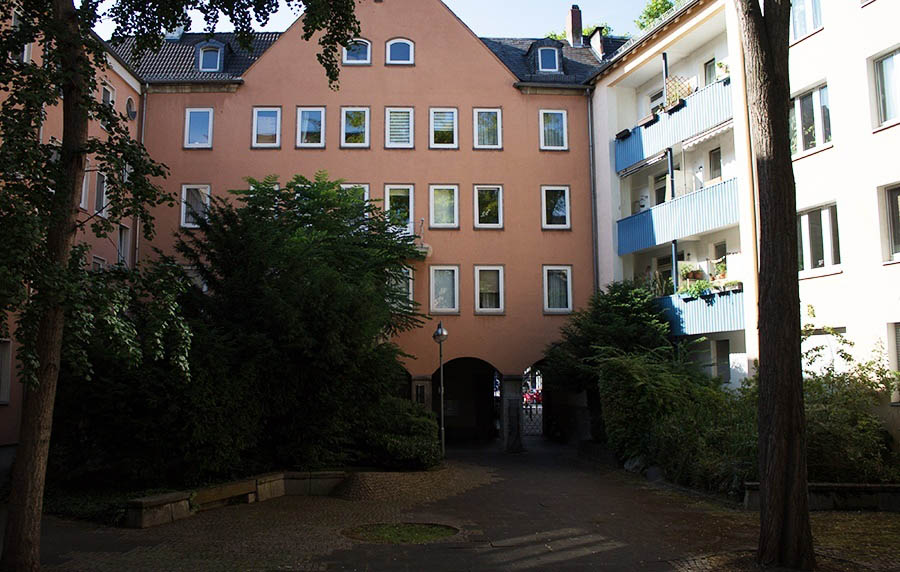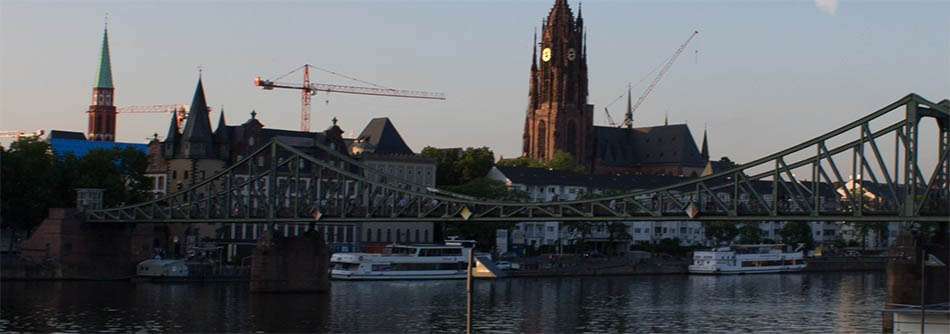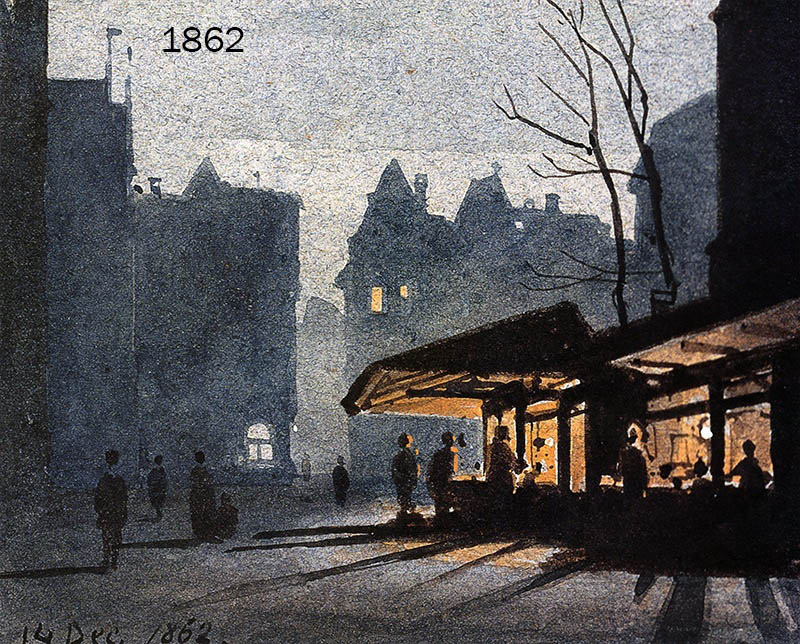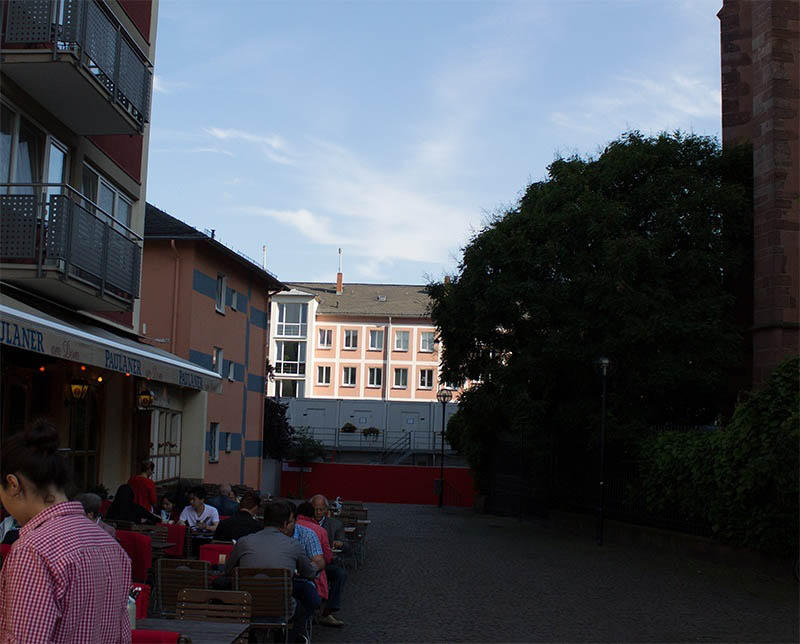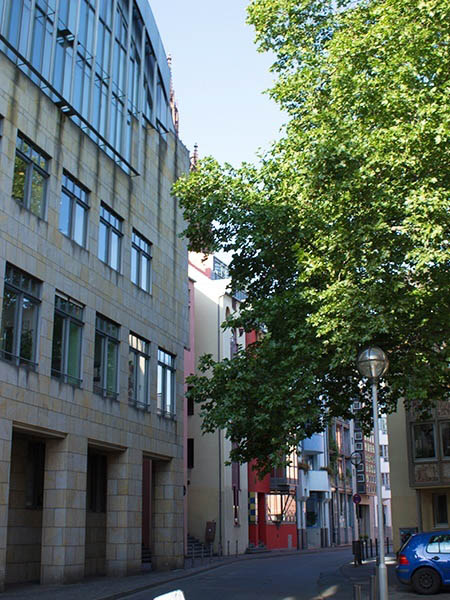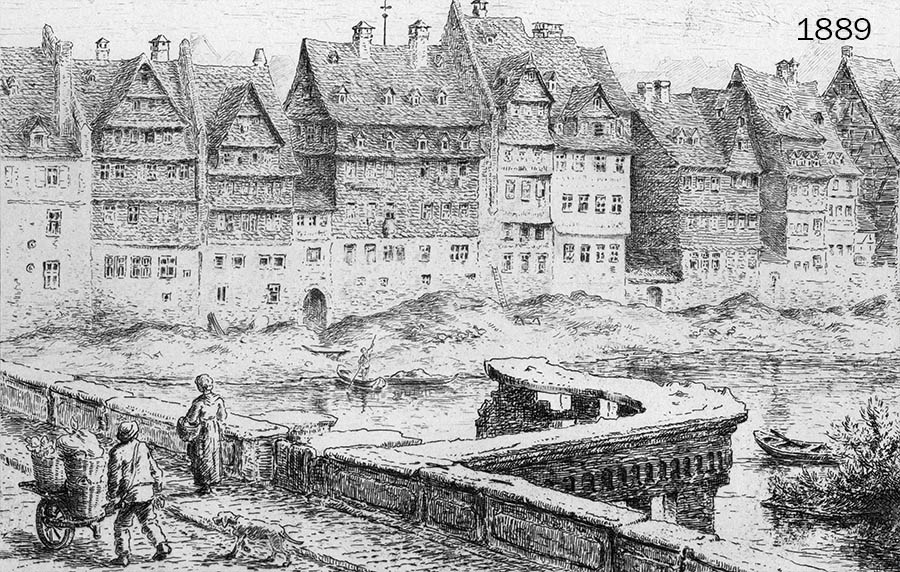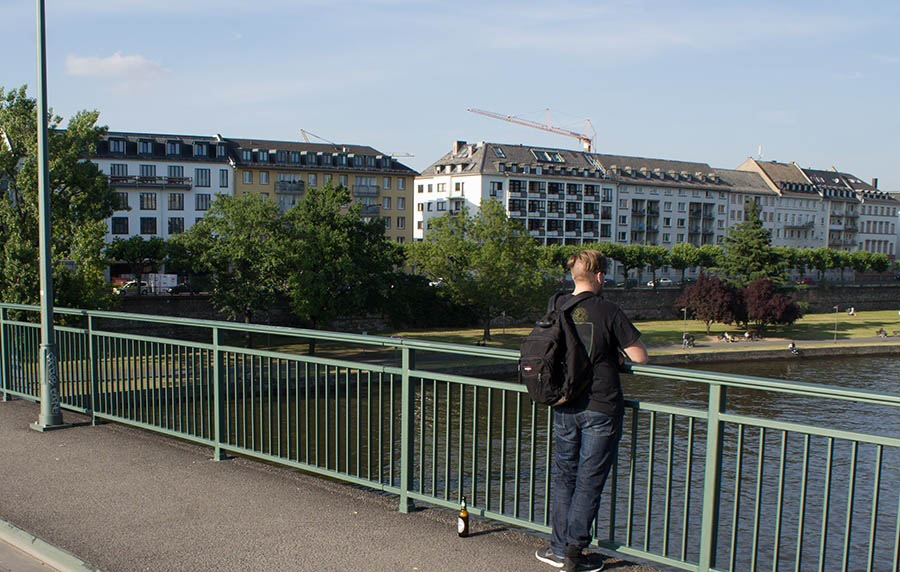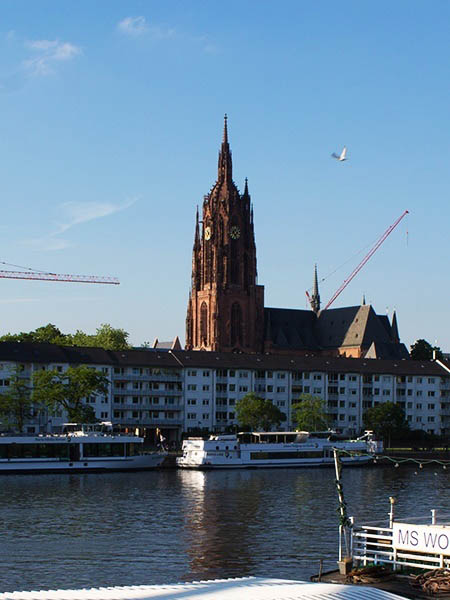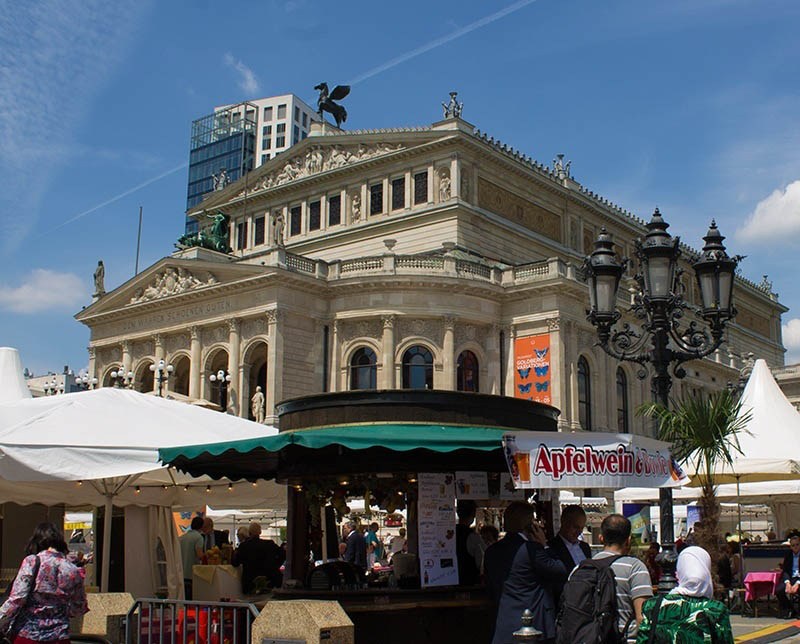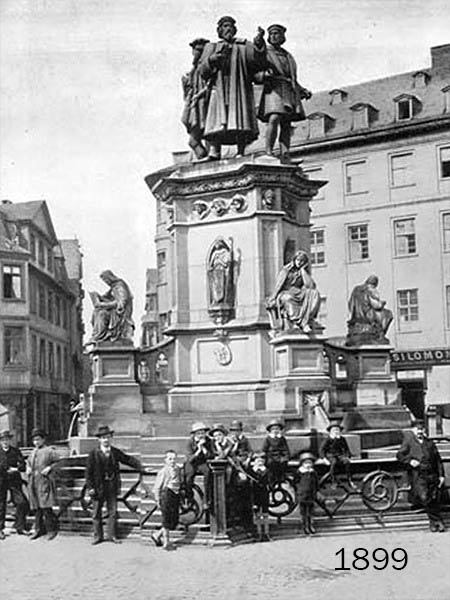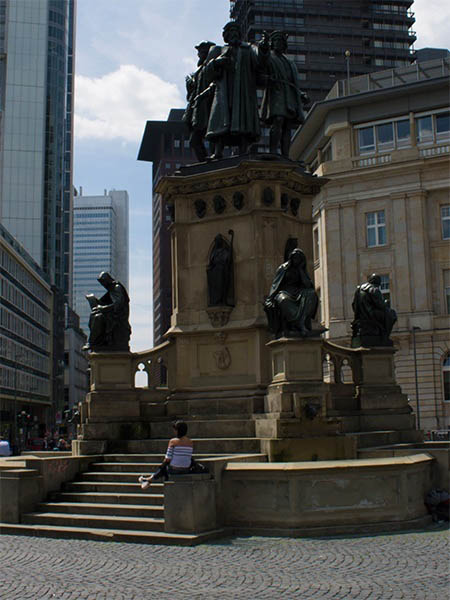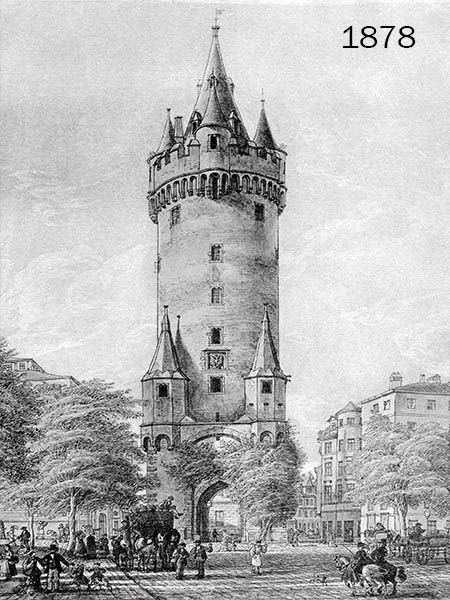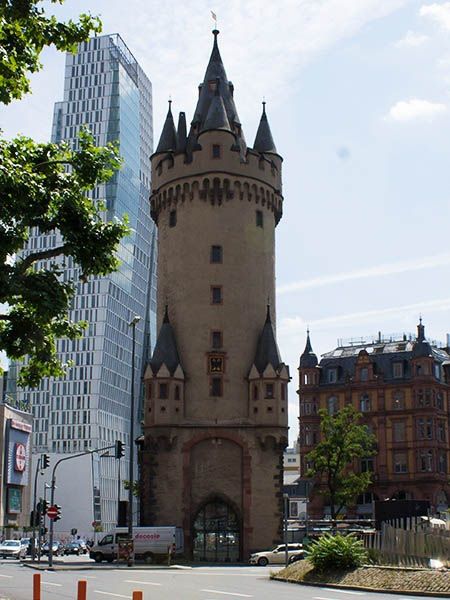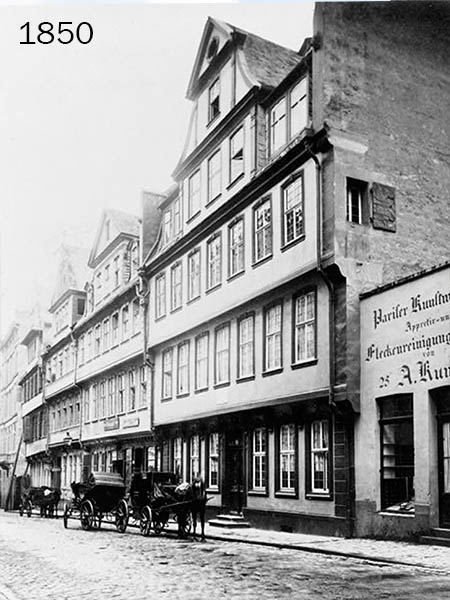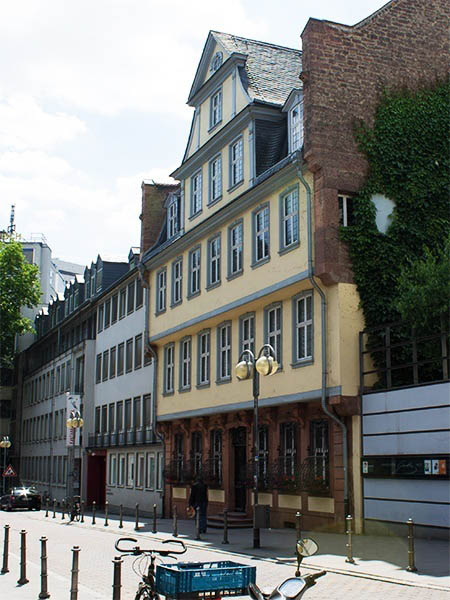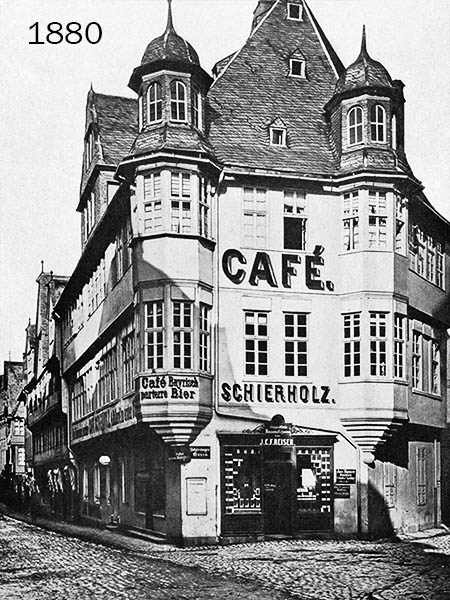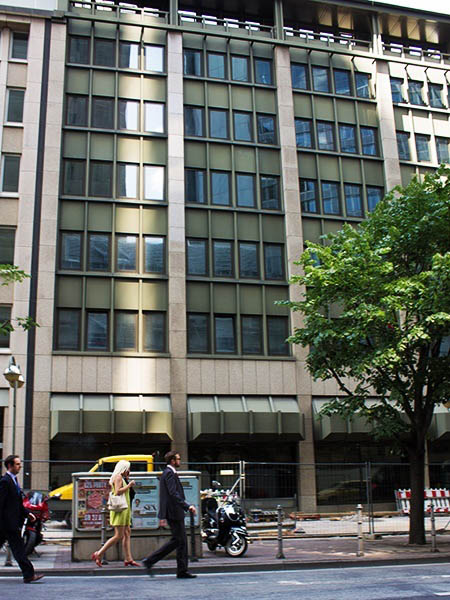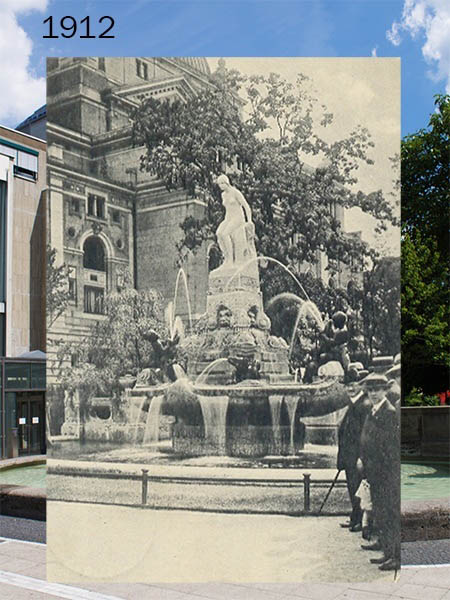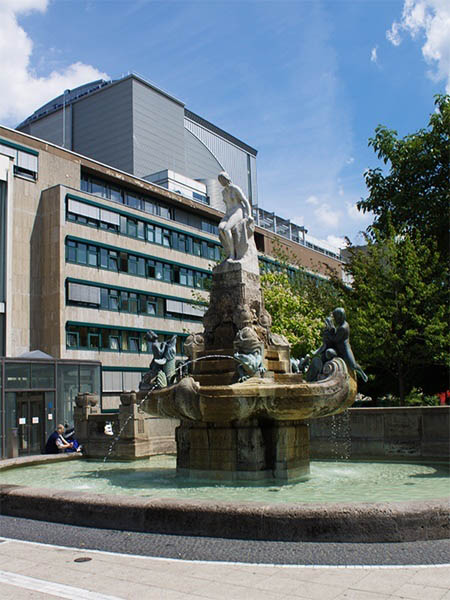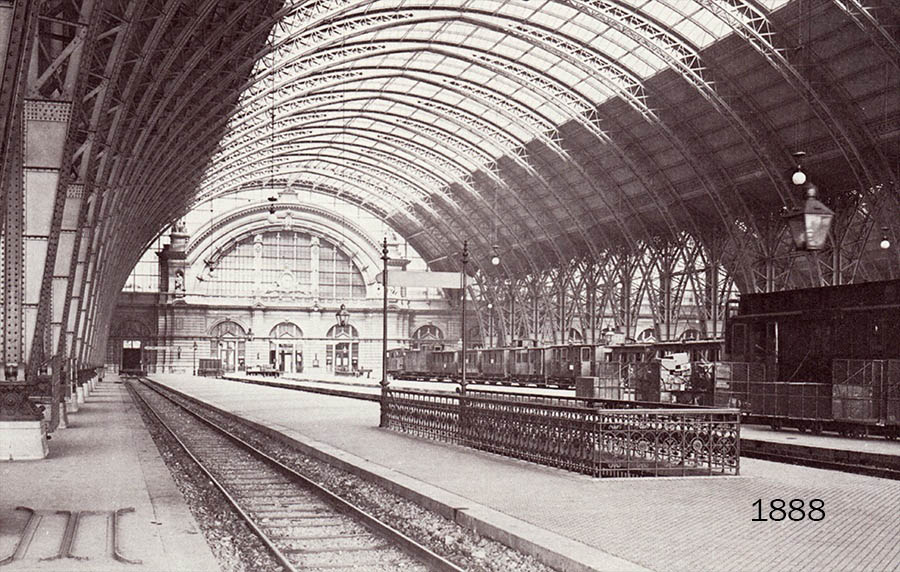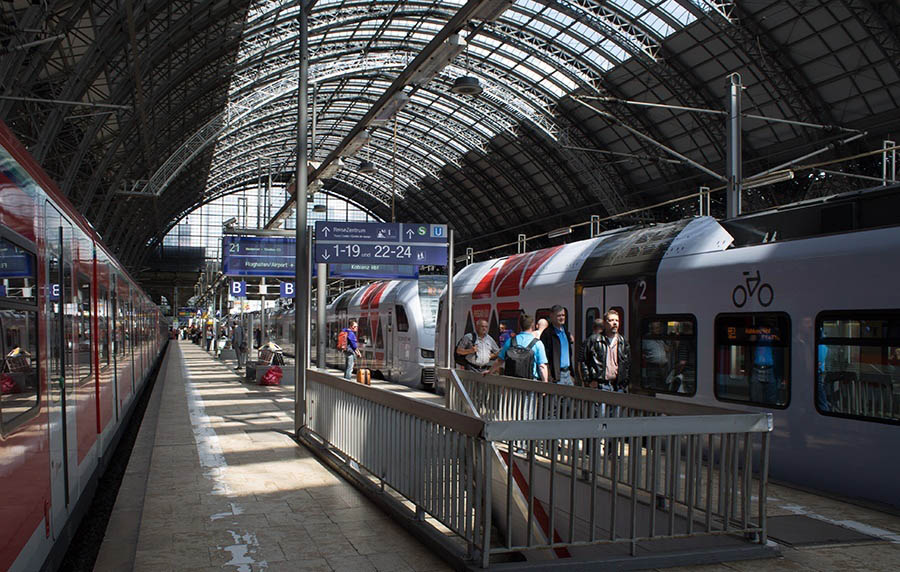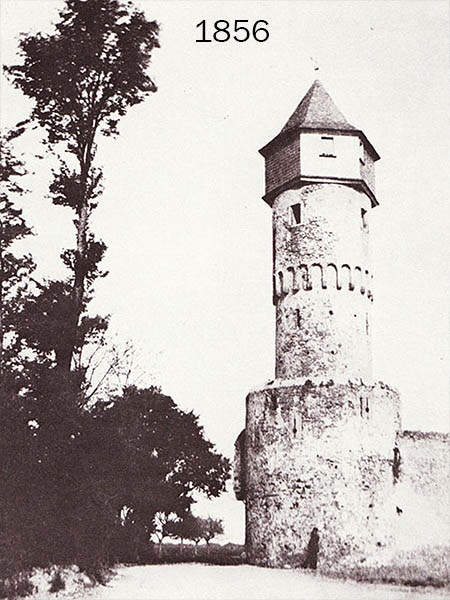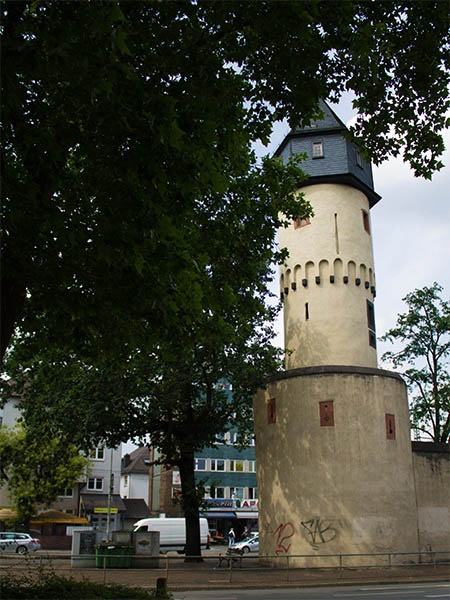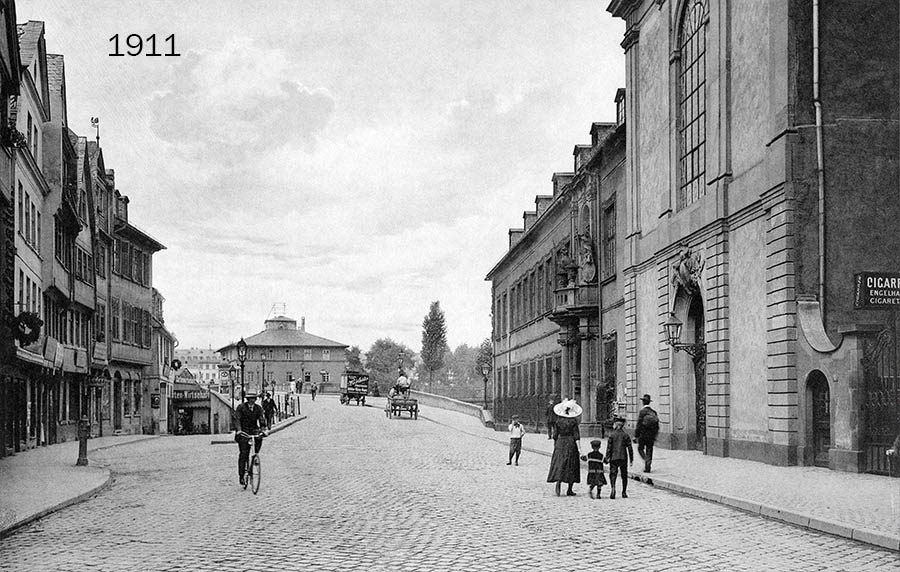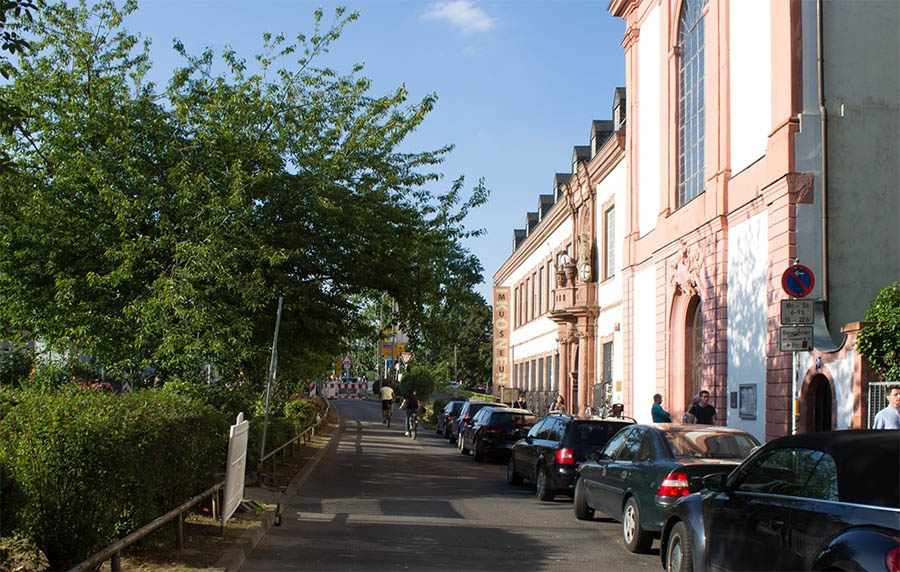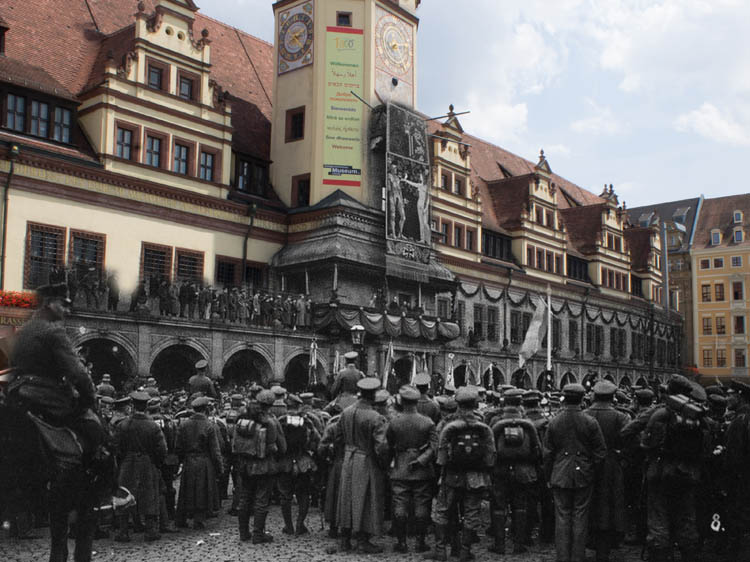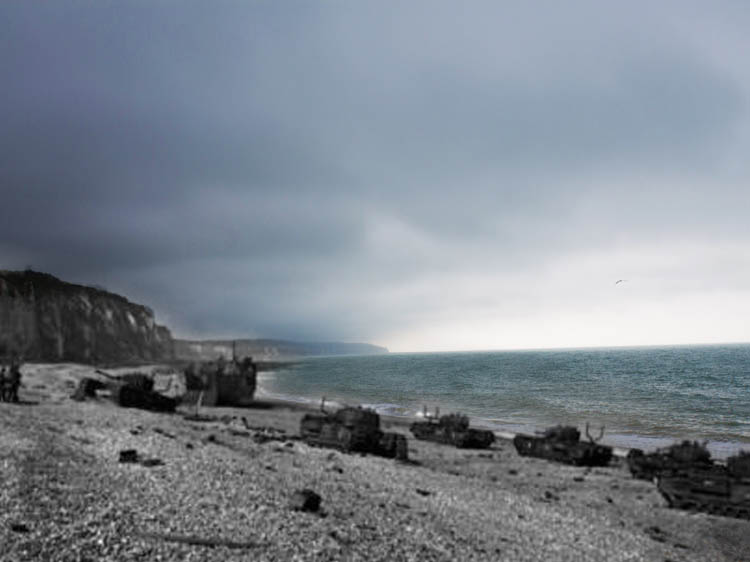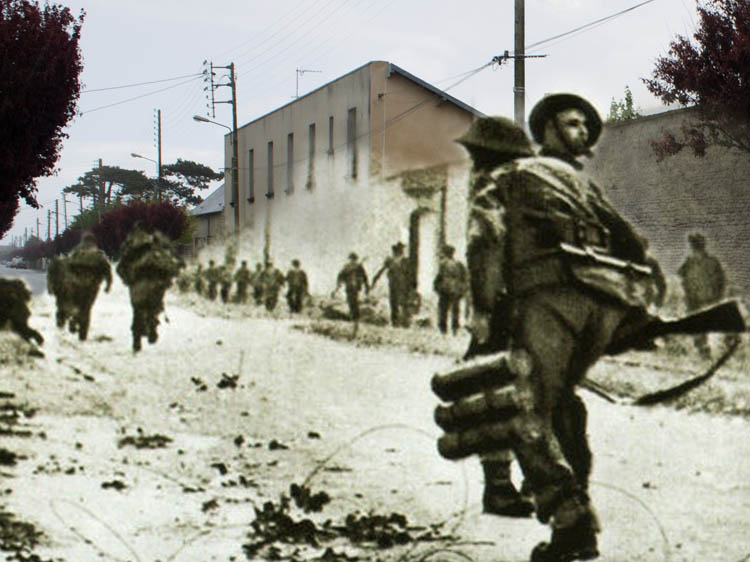Partner City
Frankfurt
Mainhattan
The financial capital of Germany and the Eurozone, Frankfurt is a city with one foot in the 21st Century and another set in the city's medieval past. Though smaller than many other German cities, the modern skyline and restored medieval buildings scattered around the city give it a big city-feel and locals have affectionately nicknamed it "the world's smallest metropolis." Briefly occupied by the Romans, Frankfurt first rose to prominence in the early Middle Ages when it was briefly site of the court of Charlemagne. After all the name means 'Ford of the Franks'. As the centuries wore on Frankfurt's population grew and the alderstadt, or old town, grew into a densely built-up network of winding lanes and courtyards. The Jewish ghetto especially was one of the largest in Europe and extremely overcrowded. Frankfurt was an Imperial Free City within the Holy Roman Empire and for centuries the emperor was crowned in Frankfurt Cathedral. All this changed when Napoleon occupied the town and brought it into the Confederation of the Rhine. Even after Napoleon's defeat his troops left behind the germs of nationalism and republicanism that would erupt in 1848. At that point German nationalists set up Germany's first freely elected parliament in Frankfurt, meeting in the Paulskirche. The idea collapsed, however, when Prussia's king Friedrich Wilhelm IV refused to endorse the parliament and had it dissolved after a year. All throughout these centuries writers, artists and philosophers often flocked to Frankfurt and her famous book fair. Towering figures of German culture like Goethe and Schopenhauer called the city home. Gutenberg's invention of the printing press in nearby Mainz certainly helped stimulate Frankfurt's intellectual atmosphere. At the start of the 20th Century Frankfurt looked much the same as it had in the Middle Ages. The city walls had been torn down and turned into parkland and the ghetto demolished, but most of the medieval buildings remained. Heavy Allied bombing near the end of the Second World War changed all that, burning down most of the buildings in the alderstadt. Reconstruction during the post-war period began almost immediately, and unlike most German cities Frankfurt's planners sought to rebuild parts of the city centre along the same lines as before, painstakingly restoring the buildings in the Romer to their former state. Frankfurt becamse West Germany—and later the reunified Germany's—financial capital, a development that has spawned an impressive array of skyscrapers and a skyline unique in Europe. The Then photos are taken from Wikipedia while the Now photos were shot by me in June 2015.
Explore
Frankfurt
Then and Now Photos
Romerberg Postcard
1900
A row of medieval buildings in Frankfurt's main square, the Römerberg. Destroyed by Allied bombing near the end of the Second World War, the photo comparison makes it evident that they have been painstakingly restored with loving attention to detail.
The Romer
1900
This fascinating building is the Römer (Roman). For over 600 years it has served as Frankfurt's city hall.
Destroyed Romer
1947
The Römer did not escape Allied bombs. Here it is after the war being restored to its former glory.
Limpurgergasse
1900
A view down the side of the Römer along an alley called the Limpurgergasse. Some slight architectural modifications have been made since 1900.
Hauptwache
1830
The baroque hauptwache, or guardhouse, is at centre stage here. Once Frankfurt's police station/prison/militia headquarters, it has been the setting of many decisive historical events in the city's recent history. Today it is a cafe and museum. On the right is Paulskirche. A new mall prevented me from getting just the right angle.
Rebuilding Paulskirche
1947
A view of Paulskirche being rebuilt after the Second World War. This church holds a special place in Germany's collective memory, as it was the site of Germany's first — though shortlived — experiment in parliamentary democracy in 1848.
Delegates of the Federal Assembly
1863
Here delegates of the Federal Assembly of the German Confederation pose for a photo outside the Palais Thurn und Taxis. The building was destroyed during the Second World War and only recently rebuilt. It appears that either the new building was made on a slightly smaller scale than the original, or German 19th Century aristocrats were much tinier than my friend Reinhardt is today.
Fahrgasse
1904
Looking down the Fahrgasse towards the Main. At the end of the photo you can just make out the on-ramp to the Main bridge at the end of the street. The cheap housing built in a great rush after the Second World War means that this street has lost much of its former character.
Looking Up Fahrgasse
1900
And looking down the Fahrgasse in the opposite direction. Once again the modern architecture leaves much to be desired.
The Linen House
1871
The Linen House, where linen and textiles were traded. It is over 600 years old.
Courtyard of Hainer Hof
1897
This courtyard, the Hainer Hof, has been rebuilt beyond all recognition.
Eiserner Steg
1900
The Eiserner Steg. An iron bridge spanning the Main that was built in 1868. It too was destroyed during the war and rebuilt afterwards. Thousands of lovers locks are affixed to the railings. In the background can be seen Frankfurt's enormous cathedral.
Christmas Market
1862
Traders have set up stalls in the shadow of the cathedral, part of the Christmas Market, an ancient tradition in Frankfurt.
Saalgasse
1880
The Saalgasse. You can see the buildings in the background show an interesting fusion of modern and medieval German architectural styles, an attempt to recapture the street's former atmosphere. At the top of both photos you can just make out the cathedral's steeple.
Burning Cathedral
1867
Crowds gather on the riverside to watch the Frankfurt cathedral burn down. It was rebuilt afterwards evidently.
Building Alte Oper
1876
The Alte Oper (old opera house) is bounded by scaffolding as construction of this Frankfurt landmark nears completion.
Gutenberg Monument
1899
A statue of Johannes Gutenberg, inventor of the printing press, in Kaiserplatz. While the statue hasn't changed, its surroundings have.
Eschenheimer Thurm
1878
Another interesting example of Frankfurt's ultra-modern skyline towering over a very distinct historic building. Part of Frankfurt's medieval fortifications, in the 1400s and 1500s the Eschenheimer Thurm was the free imperial city's most prominent gatehouse.
Goethe Haus
1880
This is where Johann Wolfgang Goethe, the giant of German literature, was born and raised. It serves as a museum to the man and his works today.
Cafe Schierholz
1880
You can be forgiven for not guessing there was once a street here off Gallusstrasse, and there was a huge cafe on the corner.
Marchenbrunnen
1912
Another statue that has seen its surroundings dramatically altered. This one is at the Marchenbrunnen, behind it are the old offices of the European Central Bank.
Galluswarte Watchtower
1856
The galluswarte watchtower just to the west of Frankfurt's city centre. The name comes from Galgenfeld, which means gallows field, because this was where condemned criminals were hanged.
Church of the Teutonic Order
1911
On the right is the Church of the Teutonic Order in Saschenhausen.

